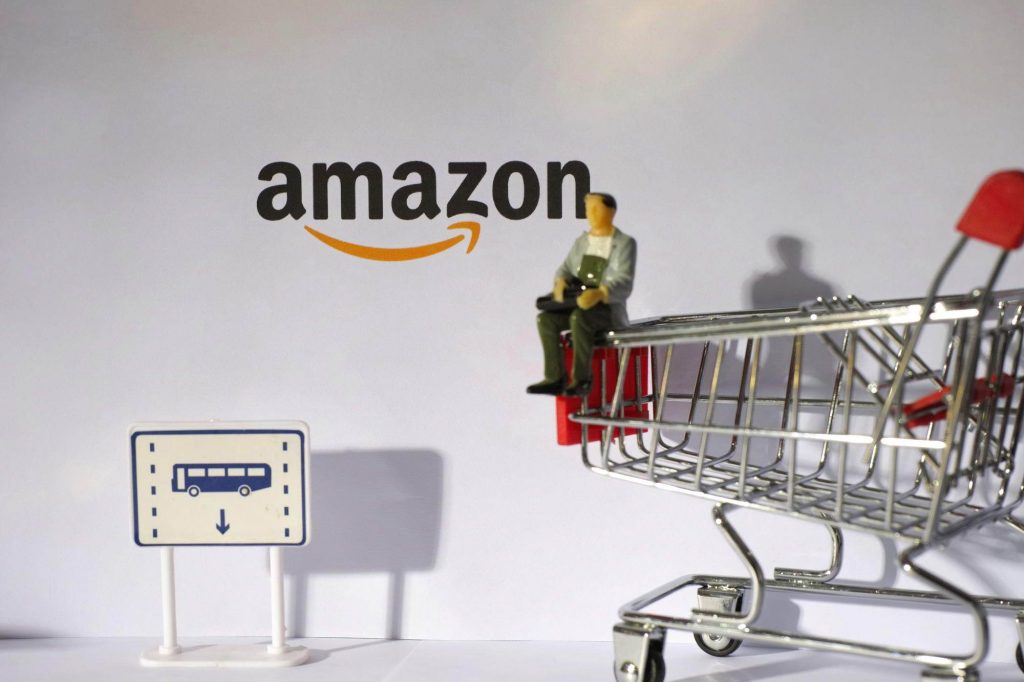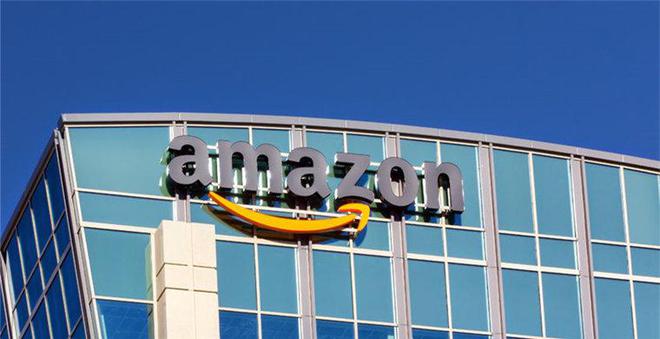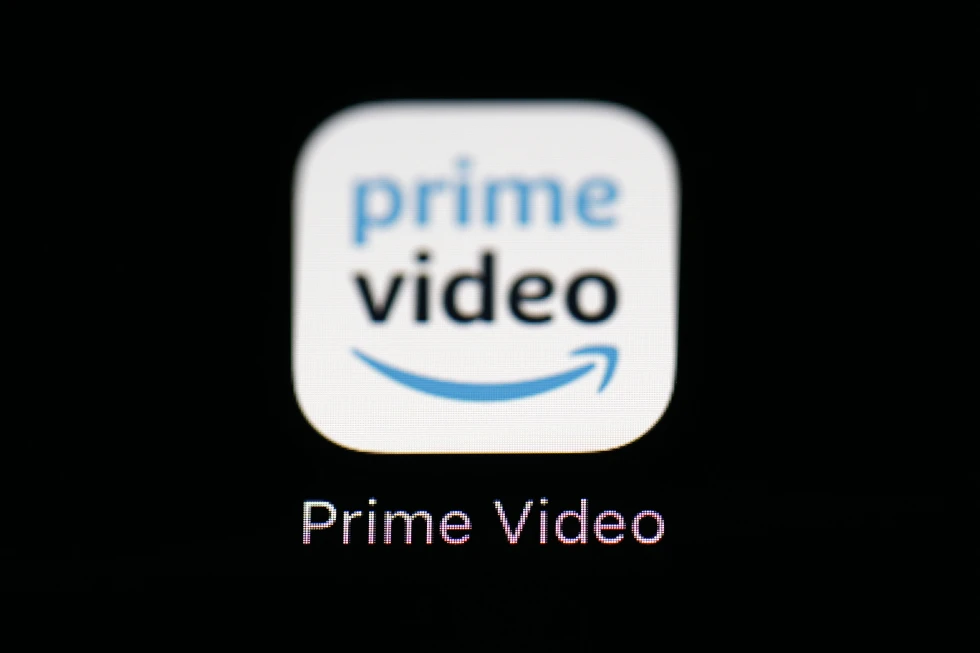Amazon Prime Video, a popular streaming service known for its ad-free viewing experience, has recently announced a significant change that is set to take effect next month.
Starting on January 29, Prime Video will begin including advertisements on movies and TV shows, marking a departure from its previous ad-free model.
This decision has sparked a wave of discussion and debate among Prime members, as well as industry experts and analysts.
The company’s decision to introduce ads on its platform comes as a surprise to many, given that Prime Video has long been touted for its ad-free viewing experience.
This move represents a significant shift in strategy for Amazon, as it seeks to explore new revenue streams and capitalize on the growing demand for digital advertising.
By incorporating ads into its Prime Video service, Amazon aims to generate additional revenue while also providing advertisers with a valuable platform to reach a large and engaged audience.
In an email sent to U.S. members, Amazon outlined its plans to introduce ads on Prime Video and disclosed that members who wish to continue enjoying an ad-free experience will have the option to do so by paying an additional $2.99.
This pricing model has raised concerns among some Prime members, who are questioning the value proposition of the service and expressing their dissatisfaction with the sudden introduction of ads.
Many subscribers have voiced their disappointment, citing the fact that they initially signed up for Prime Video specifically for its ad-free content and are now being asked to pay extra to maintain this feature.
Furthermore, Amazon’s decision to expand the introduction of ads to other regions, including the United Kingdom, Europe, Canada, Mexico, and Australia, has sparked a global conversation about the future of streaming services and the impact of advertising on the viewer experience.
As the streaming landscape continues to evolve, with new players entering the market and existing platforms adapting their business models, the introduction of ads on Prime Video raises important questions about the balance between monetization and user satisfaction.
From a business perspective, Amazon’s move to introduce ads on Prime Video represents a strategic decision aimed at diversifying its revenue streams and leveraging its vast user base to attract advertisers.
The company’s foray into digital advertising has been steadily growing, and the inclusion of ads on Prime Video is a clear indication of its commitment to this lucrative sector.
By offering advertisers access to Prime Video’s extensive audience, Amazon is positioning itself as a formidable player in the digital advertising space, competing with other major platforms such as YouTube and Hulu.

However, the introduction of ads on Prime Video also raises concerns about the potential impact on the viewer experience and the overall value proposition of the service.
Many Prime members have expressed their reluctance to accept ads, citing the fact that they are already paying a subscription fee for access to the platform’s content.
The addition of ads may be seen as a departure from the premium experience that Prime Video has traditionally offered, and some subscribers may feel that they are being asked to shoulder an additional financial burden for a service that was previously ad-free.
In conclusion, Amazon’s decision to introduce ads on Prime Video represents a significant shift in its business strategy, with far-reaching implications for both the company and its subscribers.
While the move is aimed at driving additional revenue and capitalizing on the growing digital advertising market, it has sparked a wave of debate and discontent among Prime members.
As the streaming landscape continues to evolve, the introduction of ads on Prime Video raises important questions about the balance between monetization and user satisfaction, and the impact of advertising on the viewer experience.
It remains to be seen how Prime members will respond to this change and whether Amazon’s foray into digital advertising will ultimately prove to be a successful endeavor.
In the ever-evolving landscape of streaming services, tech giant Amazon has made a significant move by announcing its intention to introduce a dual model that will allow it to earn revenue from ads while also offering subscribers the option to opt out for a higher fee.
This decision follows in the footsteps of other major streamers such as Netflix and Disney, who have already embraced this dual model approach.
The introduction of a dual model by Amazon marks a significant shift in the streaming industry, as it represents a departure from the traditional subscription-only model that has been prevalent in the market for many years.
By offering subscribers the option to opt out of ads for a higher fee, Amazon is providing consumers with a choice and flexibility that is increasingly important in today’s digital age.
In an email to its subscribers, Amazon stated that it will “aim to have meaningfully fewer ads” than traditional TV and other streaming providers.
This commitment to providing a more streamlined and less intrusive advertising experience is likely to be well-received by consumers who are increasingly frustrated with the prevalence of ads in their streaming content.
The decision to introduce a dual model comes at a time when streaming services are facing increasing competition and pressure to differentiate themselves in a crowded market.
With the rise of new players such as Apple TV+ and HBO Max, as well as the continued dominance of established players like Netflix and Disney, streaming services are constantly looking for ways to stand out and attract subscribers.
By offering a dual model that allows it to earn revenue from ads while also providing an ad-free option for subscribers, Amazon is positioning itself as a versatile and consumer-friendly streaming service that is responsive to the evolving needs and preferences of its audience.
This move is likely to strengthen Amazon’s position in the highly competitive streaming market and attract new subscribers who are looking for a more flexible and personalized streaming experience.
In conclusion, Amazon’s decision to introduce a dual model that allows it to earn revenue from ads while also offering an ad-free option for subscribers is a significant development in the streaming industry.
This move reflects the increasing importance of choice and flexibility in today’s digital age, and is likely to be well-received by consumers who are looking for a more streamlined and less intrusive streaming experience.
As the streaming market continues to evolve and become increasingly competitive, Amazon’s decision to embrace a dual model is a strategic move that is likely to strengthen its position in the market and attract new subscribers.
It is intriguing to observe the strategic shift undertaken by the tech giant Amazon, as it aligns itself with other major streaming platforms such as Netflix and Disney in embracing a dual revenue model that encompasses both advertising and subscription-based services.
This decision marks a notable departure from the traditional approach of solely relying on subscription fees for revenue generation, thereby reflecting the evolving landscape of the streaming industry and the necessity to adapt to changing consumer preferences and market dynamics.
The announcement made by Amazon, indicating its intention to offer subscribers the choice to opt out of ads by paying a higher fee, underscores the company’s recognition of the diverse needs and preferences of its user base.

This approach not only provides flexibility for consumers but also presents an opportunity for Amazon to cater to a wider spectrum of users while simultaneously diversifying its revenue streams.
By allowing users to opt out of ads for a premium, Amazon is positioning itself to attract a segment of subscribers who prioritize an ad-free viewing experience, thereby potentially enhancing customer satisfaction and loyalty.
Furthermore, Amazon’s commitment to maintaining a balance between ad-supported content and user experience is evident in its pledge to ensure “meaningfully fewer ads” compared to traditional television and other streaming providers.
This emphasis on minimizing ad interruptions underscores the company’s cognizance of the potential impact of advertising on user engagement and satisfaction.
By striving to strike a balance between ad exposure and content consumption, Amazon aims to create a viewing environment that is conducive to sustained user engagement and enjoyment.
The rationale provided by Amazon, citing the role of advertising in facilitating continued investment in compelling content and the sustained growth of its content library over an extended period, sheds light on the strategic importance of ad-supported models in the context of content creation and acquisition.
This stance underscores the pivotal role of advertising revenue in enabling streaming platforms to fund the development of high-quality, engaging content, which in turn contributes to enriching the overall user experience and bolstering the platform’s competitive position in the market.
In conclusion, Amazon’s decision to adopt a dual revenue model, effectively integrating advertising with subscription-based services, reflects a strategic response to the evolving dynamics of the streaming industry.

By providing users with the option to opt out of ads for a premium, while simultaneously committing to a reduced ad load, Amazon endeavors to strike a balance between revenue generation, user satisfaction, and content investment.
This move underscores the company’s adaptability and strategic foresight in navigating the competitive streaming landscape, while also highlighting its commitment to delivering compelling content and enhancing the overall viewing experience for its subscribers.
